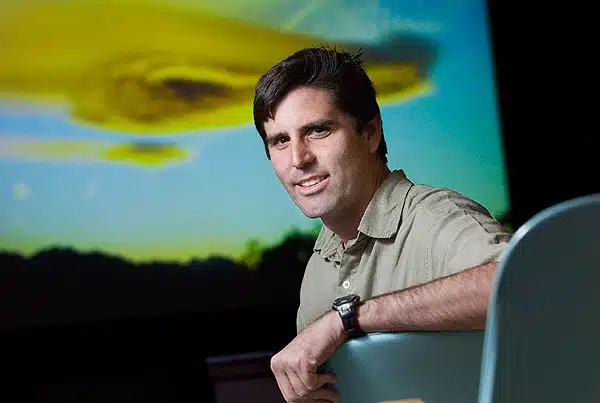We all know about the rising cost of petrol in the world, the energy blackmail between nations, gods 9 million deaths annually from air pollution and one climate catastrophe after another.
Critics argue that switching away from fossil fuels and turning to clean energy to address these problems would create unstable power grids and further increase prices. However, a new study of 145 countries done by Stanford University (I link it here) concludes that these problems can be solved seamlessly and at low cost using almost any existing technology.
In summary, the study conducted by Mark Z. Jacobson concludes that we do not need miracle technologies. By electrifying all energy sectors, producing electricity from clean and renewable sources, creating and storing heat, cold and hydrogen from that electricity we can create safe, affordable and reliable energy everywhere.
Big expense, big savings, immediate return: for 4 reasons
Most of the cost reduction in a fossil-free system is due to a single cause. It is the fact that a clean, renewable energy system consumes much less energy than a combustion-based energy system. In fact, global energy usage decreases by more than 56% when using all-electric systems generated from sustainable resources.
The reduction is due to four reasons. First, efficiency of electric vehicles compared to combustion vehicles. Second, efficiency of electric heat pumps for heating air and water compared to combustion heaters. Third, greater efficiency of the electrified industry. Bedroom, elimination of the energy needed to obtain fossil fuel.
Adding to these also the savings on health and climate costs you get one 92% reduction in social costs, which are energy plus health plus climate costs, compared to the current system. Not bad, I would say.

How much does it cost to drop the fossil?
The Stanford study concluded that the overall initial cost to replace all energy in the 145 countries covered (which emit 99,7% of the world's carbon dioxide) is approximately $62 trillion. Huge, if you put the numbers in line. However, given the annual energy cost savings of $11 trillion, the payback time for the new system it would be less than six years. A bargain or not? Any investment that pays for itself in such a short time would be considered profitable.
The new system It could also create over 28 million more long-term full-time jobs than those lost worldwide and require only about 0,53% of the world's land for new energy., with most of this area as empty space between wind turbines on land that can be used for multiple purposes. In other words, the new system could require less energy, cost less and create more jobs than the current system.
Another interesting discovery? Don't worry about overcharging: with a fully renewable system, charging battery electric vehicles during the day would be less costly to the grid than charging them at night, because daytime charging would correspond to more solar electricity production.
I refer you to the complete reading of the study, which brings really interesting and positive ideas, if anyone intends to consider them, of course.


